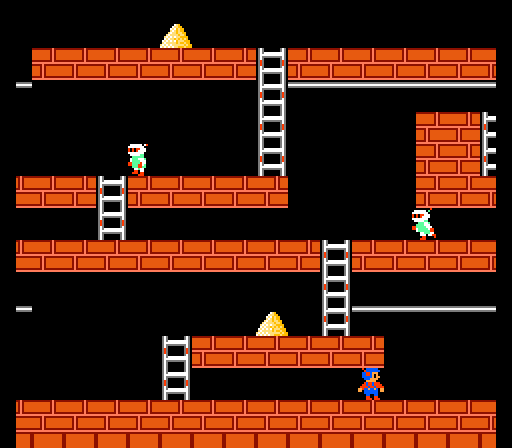
The GroES/GroEL chaperonin system is a nearly megadalton molecular machine that acts as an “Anfinsen cage” in the bacterial cytosol. These results suggest functional differences between GroES/GroEL chaperonins despite high conservation of amino acid identity.

coli, but displayed an elongated phenotype (potentially indicating compromised GroEL function) at some temperatures. coli groESL was replaced with ESKAPE groESL, demonstrated similar growth kinetics to wild-type E. The resulting viable strains, in which E. coli, but only in the strict absence of either E. Surprisingly, GroES/GroEL chaperone systems from two of the ESKAPE pathogens were found to complement in E. coli, we found that only a subset of the ESKAPE GroES/GroEL chaperone systems could complement to produce a viable organism. In GroES/GroEL-deficient (but not knocked-out) E. coli strains to report on exogenous ESKAPE chaperone function. We used complementation experiments in GroES/GroEL-deficient and -null E. Herein we report our initial efforts to characterize the GroES/GroEL chaperonins from clinically significant ESKAPE pathogens ( Enterococcus faecium, Staphylococcus aureus, Klebsiella pneumoniae, Acinetobacter baumannii, Pseudomonas aeruginosa, and Enterobacter species). coli GroES/GroEL is functionally identical to other GroES/GroEL chaperonins and hence if our inhibitors will function against other chaperonins. Using Escherichia coli GroES/GroEL as a surrogate, we have discovered several classes of GroES/GroEL inhibitors that show potent antibacterial activity against both Gram-positive and Gram-negative bacteria.

As the GroES/GroEL chaperonin system is the only bacterial chaperone that is essential under all conditions, we have been interested in the development of GroES/GroEL inhibitors as potential antibiotics.


 0 kommentar(er)
0 kommentar(er)
